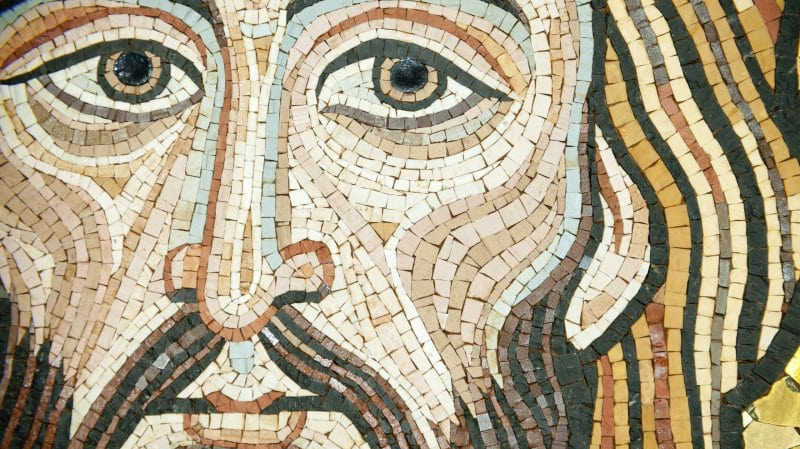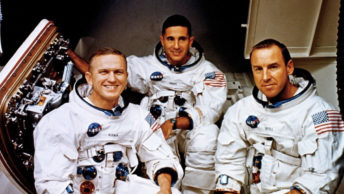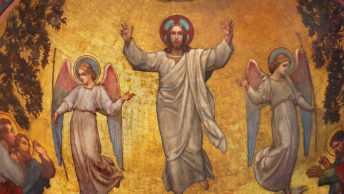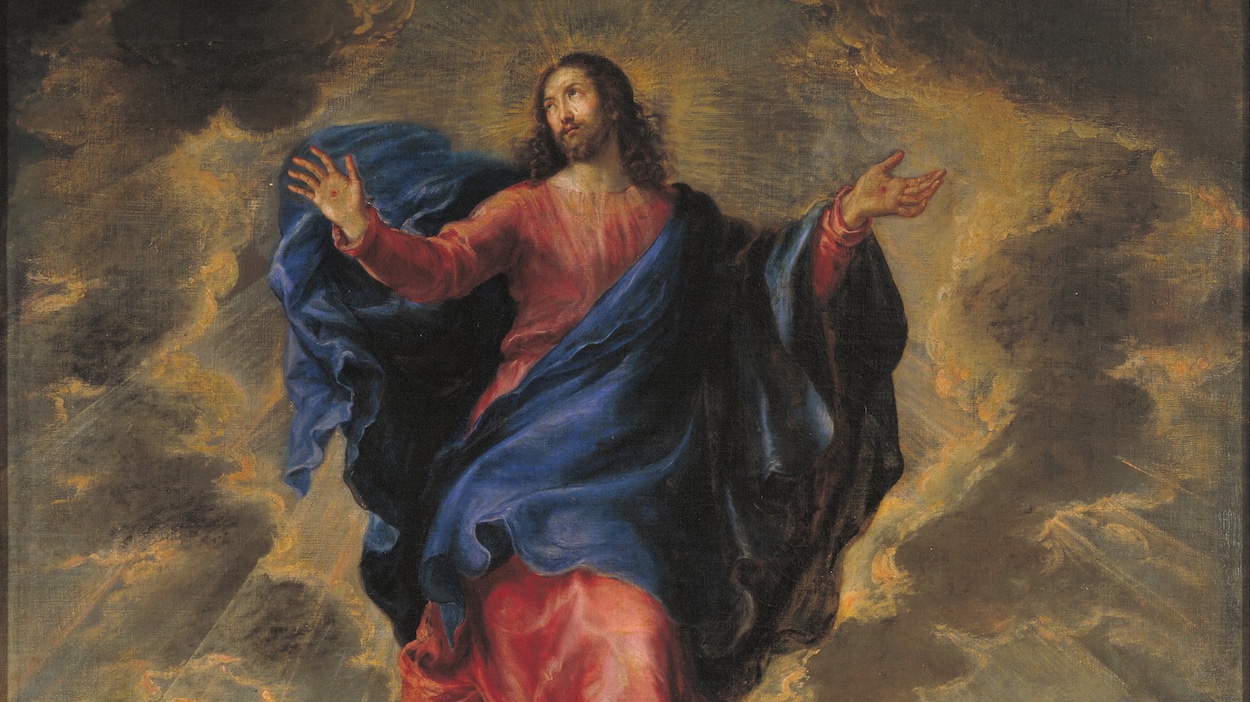More than any other feast, the solemnity of the Ascension of our Lord exposes the inadequacy of human terminology used in describing the sublime realities that our Faith holds and that sustain our Hope about what awaits us beyond the grave.
Here are samples of this inadequacy and of the frustration that we experience whenever attempting to come up with a satisfactory picture of what heaven and eternal life are.
- Acts 1:11 They said, “Men of Galilee, why are you standing there looking at the sky? This Jesus who has been taken up from you into heaven will return in the same way as you have seen him going into heaven.”
- Matthew 28:20 … And behold, I am with you always, until the end of the age.”
- Ephesians 1: 19-20 … and what is the surpassing greatness of his power for us who believe, in accord with the exercise of his great might, which he worked in Christ, raising him from the dead and seating him at his right hand in the heavens.
Taken together, these three statements leave us puzzled and confused about the very future of glory that should see us through the trials of life and nurture our longing for being always with Jesus.
The term “Ascension” itself reinforces our instinctive identification of heaven with that glorious place up there, way past the sky above.
Heaven must be the most beautiful place to which Jesus ascended forty days after his resurrection. Yet the Ascension cannot mark a separation, a going away of our Head from us the Body (that would be the end of our existence; it would be our death) but is, rather, the introduction of new ways for us to live in him and with him.
Now, if heaven is straight up, hell must be straight down in the fiery belly of the earth, right? But, wait, that thought is unsustainable because if we were living on an island in the middle of the Indian Ocean, exactly at the opposite side of the globe from, say, the city of Detroit, we would reverse our instinctive directions of heaven and hell…
Praise God! The opening prayer of this joyous solemnity sets us on the right course to make sense of what we are called to celebrate, not just on this day, but for the rest of our earthly sojourn.
“Gladden us with holy joy, almighty God; and make us rejoice with devout thanksgiving, for the Ascension of Christ your Son is our exaltation; and where the Head has gone before in glory, the Body is called to follow in hope…”
This prayer introduces us to the yet unknown realm of God’s perspective. From that perspective still obscurely accessible only by faith, on this day, the Father bestows on his Son Jesus the fullness of glory as the reward for his obedience unto death on the cross and seats him at his right hand in the heavens.
But there is more, much more to add to our reasons for rejoicing: on this day, the Father also already exalts all of us, who form Jesus’ Body.
From God’s point of view his Son’s glory and ours are a fait accompli; it is a done and sealed deal. (cf. Romans 8:30) However, from our perspective, it seems impossible for Jesus to be in heaven, seated at the right hand of his Father and, “at the same time,” with us always, until the end of the age.
The Gospel of John which has accompanied us throughout the Easter season has been reminding us of a Reality way beyond what our senses can perceive. However, even a brief pause would lead us to acknowledge that we are so easily distracted, quite oblivious to that Reality in which we are meant to live, embarrassingly engrossed in things that do not last, yet deemed so important to us.
As it happened first during the Last Supper for Jesus’ initial group of friends and, consequently, every time we receive him in Holy Communion, we should make the effort of consciously stepping back into the embrace of the Holy Trinity in which we are really living. We would realize that, inseparable as we are from Christ, in him we are the “sinful” part of the Holy Trinity! How can this realization not blow our minds as we consider the extent of God’s love and mercy for us?
If our love for Jesus is genuine, this thought of being the “sinful” part of the Holy Trinity cannot make us complacent in any way, however small. Even if our love is lukewarm, we must feel the “pain” of Jesus the Head of us, the Body. While it is true that Jesus is not ashamed to call us his brothers and sisters, in spite of our sinfulness (cf. Hebrews 2:11) we should capitalize on the many different ways he is present among us to free ourselves of one and all our sins.
If we, consciously, begin to live in the Reality of being within the Holy Trinity, we would realize that the three Divine Persons (Father, Son and Holy Spirit) are not resting until we become convinced that we cannot be joyous and fulfilled for as long as there are traces of sin on our souls. Said differently, it means that the fullness of glory bestowed on the Son on the Ascension will be complete and full also in his Body only at the time in which we will be totally sin-free and love-filled. Hence, it might be helpful to list all those presences of Jesus that are available to us after his Resurrection and Ascension and which are all designed to help us share fully in Jesus’ glory.
On Ascension Day we might want to look at Jesus as the Person of the Holy Trinity who, in the fullness of his divinity and humanness, can reconcile and harmonize our human perspective with the one of God. As ours gets closer to his, we realize that heaven should not be considered a place but as a state of being in the love-filled embrace of the Holy Trinity. Inside the Holy Trinity (i.e. in heaven), our fulfillment, our joy, our glory increase in inverse proportion to sin. At the glorious moment in which we will be completely free of sin, we will be totally Christ-like, God-like.
To assist us on the journey to heaven, Jesus is present as we pray together as a community. (cf. Matthew 18:20)
Jesus is present in his words of life that keep us on the right path to glory. (cf. John 6:68)
He is present in those he has appointed shepherds of his flock. (cf. Luke 10:16)
He is present in the poor and the needy. (cf. Matthew 25:40)
And, finally, Jesus is present in the most moving, incredibly heart-warming, most accessible way under the humble species of bread and wine in the Eucharist. The Eucharist is THE pledge of eternal life. (cf. John 6:51)
However, given our spotty track record, realistically, it can be said that amid occasional spurts of enthusiasm, we stop longing for heaven and we, alas, might wind up settling in a state of lukewarmness. Lukewarmness is most dangerous (cf. Revelation 3:16) because it desensitizes us to the pain that Jesus feels until we are completely sin-free and love-filled.
So, how do we snap out of this deadly lull? St. John Paul II stated that the last century was the one most soaked in the blood of martyrs; and the present one is just as bloody. The martyrs of our age could endure martyrdom in any of its cruel forms because they had adopted God’s perspective of what has everlasting value; they had fully capitalized on the presences of Christ available to them; and were consumed by genuine love for Jesus.
It is now our turn to adopt God’s perspective. Our future of glory depends on this vital decision.








